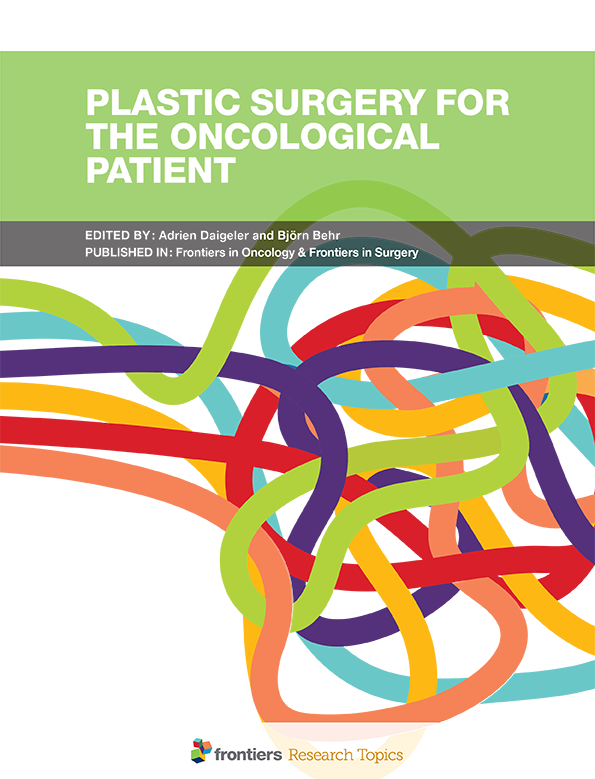闪蒸效应的影响因素及机理。
IF 3.5
3区 医学
Q2 ONCOLOGY
Frontiers in Oncology
Pub Date : 2025-09-17
eCollection Date: 2025-01-01
DOI:10.3389/fonc.2025.1669228
引用次数: 0
摘要
FLASH放射治疗(FLASH- rt)是一种利用超高剂量率辐照(40 Gy/s)的创新治疗方式。FLASH- rt诱导的FLASH效应,其特点是在保持肿瘤控制效果的同时,对正常组织有选择性的放射防护作用。目前,FLASH效应已经在许多临床前研究和临床研究中得到证实。然而,闪蒸效应的机制和影响因素尚不清楚。本文系统总结了目前对FLASH效应的机制及影响因素的认识,为FLASH- rt的进一步研究和应用提供理论依据。本文章由计算机程序翻译,如有差异,请以英文原文为准。
Influence factor and mechanism of FLASH effect.
FLASH radiotherapy (FLASH-RT) represents an innovative treatment modality utilizing ultra-high dose-rate irradiation (>40 Gy/s). The FLASH effect, induced by FLASH-RT, is characterized by the selective radioprotective effect of normal tissue while preserving tumor control efficacy. Currently, FLASH effect has been confirmed in many preclinical studies and clinical studies. However, the mechanism and the influencing factors of FLASH effect remain ambiguous. This review systematically summarizes current understanding of the mechanism and influencing factors of FLASH effect, providing theoretical basis for the future study and application of FLASH-RT.
求助全文
通过发布文献求助,成功后即可免费获取论文全文。
去求助
来源期刊

Frontiers in Oncology
Biochemistry, Genetics and Molecular Biology-Cancer Research
CiteScore
6.20
自引率
10.60%
发文量
6641
审稿时长
14 weeks
期刊介绍:
Cancer Imaging and Diagnosis is dedicated to the publication of results from clinical and research studies applied to cancer diagnosis and treatment. The section aims to publish studies from the entire field of cancer imaging: results from routine use of clinical imaging in both radiology and nuclear medicine, results from clinical trials, experimental molecular imaging in humans and small animals, research on new contrast agents in CT, MRI, ultrasound, publication of new technical applications and processing algorithms to improve the standardization of quantitative imaging and image guided interventions for the diagnosis and treatment of cancer.
 求助内容:
求助内容: 应助结果提醒方式:
应助结果提醒方式:


